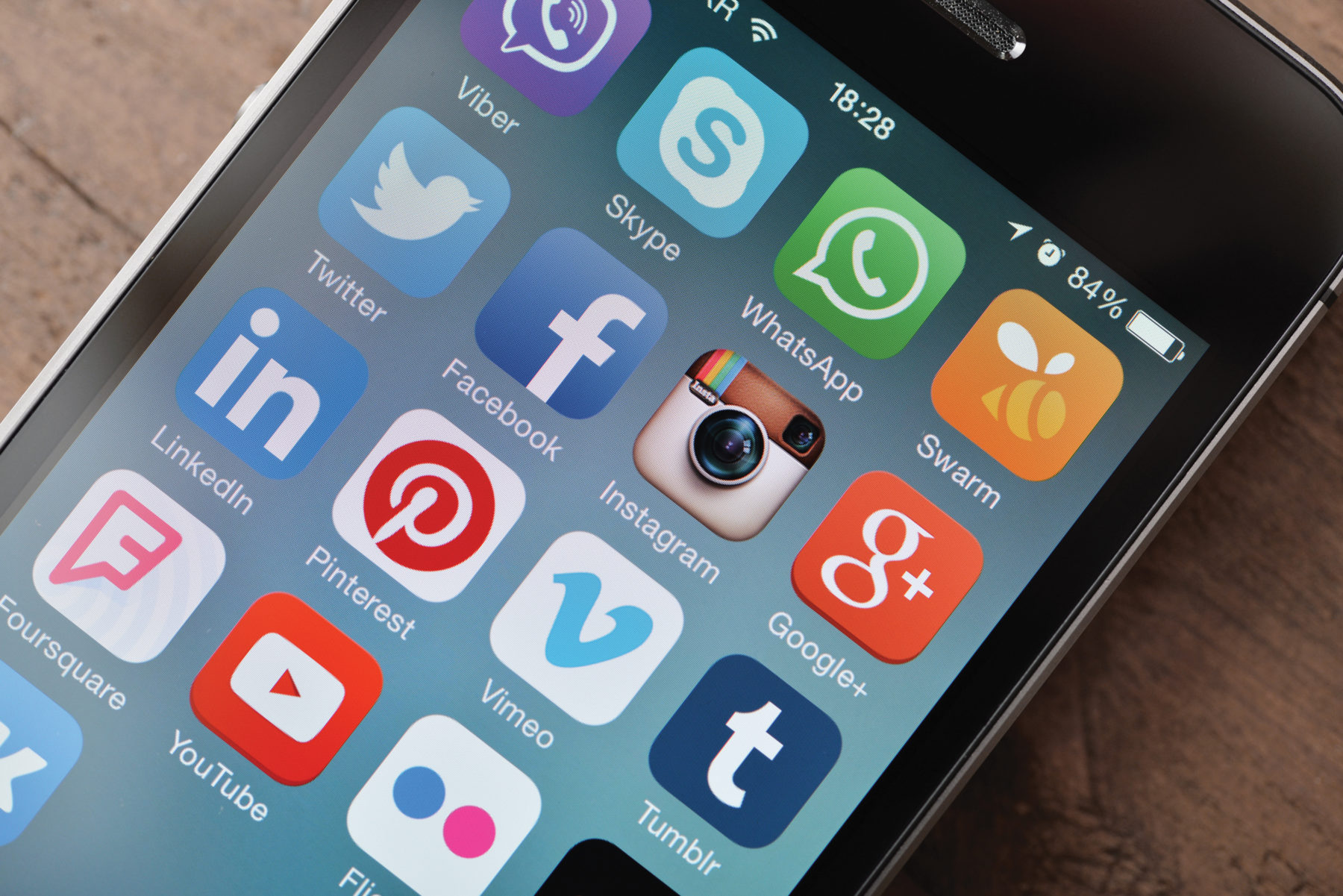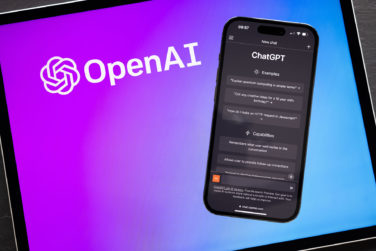Social media offers tremendous value to healthcare companies looking to connect with audiences, especially when you consider that one-third of consumers use forums and social media platforms for health-related matters, according to PwC Health Research Institute. Furthermore, social media advertising is expected to hit new highs in 2018. According to eMarketer, 10% of total U.S. ad spend will go to Facebook. Meanwhile, Twitter and Snapchat will reach ad revenue parity in 2018 as Snapchat is expected to pull in $1.18 billion vs. $1.16 billion for Twitter. But social media marketing is much more than just placing ads. It is about engagement.
“The success of social media has traditionally been measured in audience size: How many followers do you have? How many re-tweets or hash tags? How many likes? How many shares?” explains Jim Cimino, VP, Technology at TAG MM, A division of The Access Group. “Get ready for 2018—the year of engagement, the year where the emphasis shifts from quantity to the quality of social media content. Instead of asking ‘how many,’ the questions become how do your messages resonate with your audience? How do your followers interact and react? It is the year where size doesn’t matter.”
That shift could also mean a change in how companies approach social media in 2018.
“The traditional conversation calendar that was developed in the Facebook heyday has already gone by the wayside,” says Nicole Hamlin, Account Supervisor at Butler/Till Health Group. “As more platforms focused on the 1:1 relationship are adopted, brands will have to shift their strategies from maintaining and engaging with a community, to impacting the life of each consumer one at a time.”
Social Becomes More Personal
Chatbots, in particular, are one method that social media marketers can use to deliver more personalized experiences to their customers.
“These programs can deliver a customized experience that can be turned on and off at the discretion of the user,” says Kevin Dunn, VP, Strategy & Client Engagement, Life Sciences at LevLane. “The lifestyle, support, product education, and dosing reminders are all delivered when the consumer wants it, how they want, and so that it meets their needs.”
But chatbots can also lead to an improvement in how the pharma industry handles customer service.
“I call this the ‘airline response effect,’” explains Chris Iafolla, Head of Digital & Social Strategy at Syneos Health Communications. “If you have a late-arriving plane and need to rebook, tweeting the airline tends to yield a quicker result than walking to the ticket counter. This is what our audience wants from pharmaceutical companies and this transition will be enabled by chatbot technology.”
However, chatbots are not the only new opportunity within social that marketers should be looking into in 2018.
What’s New in Social for 2018
“2018 will be the year of Instagram Stories,” predicts Dhara Naik, Social Media Strategy Lead at AbelsonTaylor. “Marketers will tune into the raw, unscripted storytelling nature of Instagram Stories by pushing their own comfort levels and tapping into this transparency to deliver better outcomes. They can use Instagram Stories to share emotion-based content that isn’t masked behind a perfectly coiffed social media page, but is more real-time in sharing authentic moments.”
Another way to connect with audiences in a more authentic way will be through virtual hangouts, which are not entirely new, but there are several new offerings in this area.
“Houseparty is an example of one of these emerging platforms, and is especially popular with Gen Z,” explains Hanna Johansen, Senior Digital Strategist at Sandbox Agency. “The app allows friend groups to hang out via video chat. Facebook will also launch similar functionality this year through Facebook Spaces, which enables users to hang out with friends in a virtual environment that allows them to create, share, and explore together without actually being in the same room.”
But, an increase in meetings should not be expected to be limited to a virtual environment.
“This year, social marketing will progressively incorporate in-person experiences and interactions to maximize the success of its digital initiatives,” adds Kieran Walsh, President at Greater Than One. “As the distinction blurs between online and offline social communities, marketers with established social presences can further augment their capabilities by engaging in experiential opportunities with the groups they serve.”
New emerging technologies are also expected to make an impact in social.
“With the rollout of iOS 11 and Google AR Stickers, expect to see AR taking a more prominent role in patient and physician engagement,” says Sophia Liu, Social Media Coordinator at HCB Health. “For example, skin care brands will be able to project various physical responses to sun exposure or water intake. AR projections could help increase empathy among treating HCPs, prompting them to proactively explore new treatment options.”
What’s Important for Social in 2018
As always in marketing, just because something is new and shiny doesn’t mean it is the best approach. So, instead of focusing on platforms, marketers should make sure they are making an impact with the right people.
“The authenticity of the patient’s voice is contagious,” says Katie O’Neill, VP, Patient Engagement Solutions at Bionical. “In influencer marketing, customers place more trust in individuals they know or can identify with. In fact, 76% of users placed greater trust in content generated by others on similar health journeys.”
However, marketers just don’t need to limit themselves to making connections with top influencers in a disease state.
“Marketers should further explore niche community platforms that can further drive engagement and insights from very specific audiences,” says Dr. Theodore Search, Founder and CEO at Skipta. “As an example, brands can look to these niche community platforms for crowdsourcing of very specific information and insights to explore virtual alternatives to live meetings and advisory board panels, and to deliver specific content to niche audiences.”
Ultimately, this brings us back to where we started. No matter what platform you use or who you are trying to reach, the most important thing to keep in mind is engagement.
“Real social media success can’t always be measured in a monthly or quarterly report,” explains Andrew Lange, VP, Director Analytics at Harrison and Star. “In 2018, success should be something bigger—making a connection with the audience, having a true conversation as opposed to blasting out corporate-approved tweets. Even if they don’t end up using your brand, you’ll leave the customer with a positive experience they will remember.”









